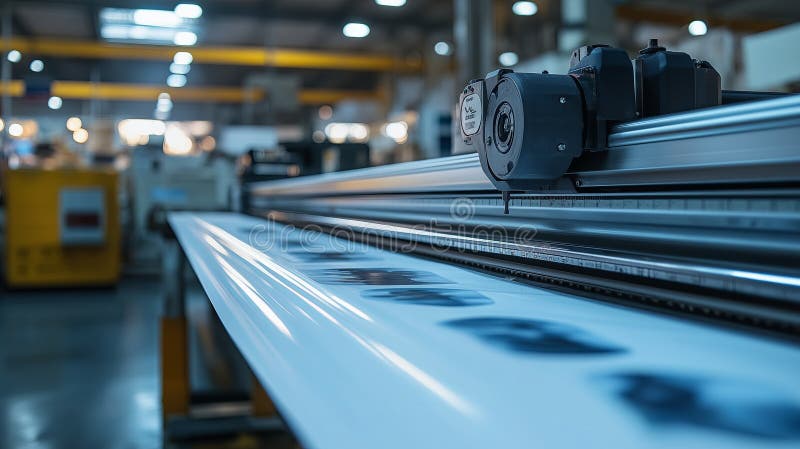In the world of offset printing, the journey from a plain sheet of paper to a finished product is nothing short of magical. This transformation is largely due to the myriad of finishing techniques that enhance the visual and tactile quality of the print. Understanding these techniques is crucial for anyone involved in the printing industry, whether you’re a seasoned professional or just getting started.

Introduction to Offset Printing
Offset printing is a widely used printing technique where the inked image is transferred from a plate to a rubber blanket, then to the printing surface. This method is ideal for producing consistent and high-quality prints, making it a favorite for mass production.
Why Choose Offset Printing?
The advantages of offset printing are numerous. It offers superior image quality, cost-efficiency for large runs, and the ability to print on various surfaces. These benefits make it a preferred choice for producing magazines, brochures, books, and more.
The Role of Finishing Techniques
After the printing process, the finishing techniques come into play. These methods add extra value and functionality to the printed materials. Let’s explore some popular finishing techniques in offset printing.
1. Cutting and Trimming
Cutting and trimming are fundamental finishing processes that involve removing excess paper and shaping the printed material into its final form.
2. Folding
Folding is essential for creating brochures, pamphlets, and booklets. It requires precision to ensure that the final product is aligned and professional-looking.
3. Binding
Binding techniques, such as saddle stitching, perfect binding, and spiral binding, are used to assemble multi-page documents. Each method offers different aesthetics and functionality.
4. Laminating
Laminating involves applying a thin plastic layer to the printed material, enhancing its durability and giving it a glossy or matte finish.
5. Embossing and Debossing
These techniques add texture by raising or lowering parts of the paper. They are often used to create a tactile impression that highlights specific elements of the design.
6. Foil Stamping
Foil stamping involves applying metallic or pigmented foil to the print using heat and pressure. This technique adds a luxurious and eye-catching element to any printed piece.
7. Die-Cutting
Die-cutting is a process that uses a die to cut specific shapes out of the printed material. This technique is perfect for creating custom shapes and designs.
8. Spot UV Coating
Spot UV coating is used to apply a high-gloss finish to specific areas of the print, creating contrast and highlighting important elements.
The Importance of Choosing the Right Techniques
Selecting the appropriate finishing techniques is crucial for achieving the desired outcome for your print project. Factors to consider include the purpose of the print, the target audience, and the budget.
Considerations for Marketing Professionals
Marketing professionals should carefully choose finishing techniques that align with their brand image and message. A well-finished product can significantly enhance the perceived value of the marketing material.
Innovations in Finishing Techniques
The printing industry is constantly evolving, with new technologies and techniques emerging regularly. Staying updated with these innovations can provide a competitive edge.
Conclusion
Understanding and utilizing the right finishing techniques in offset printing can transform ordinary prints into extraordinary works of art. By carefully selecting these techniques, you can create visually appealing and durable printed materials that resonate with your audience.

FAQs
What are the most common finishing techniques in offset printing?
Some common techniques include cutting, folding, binding, laminating, embossing, foil stamping, die-cutting, and spot UV coating.
How does finishing affect the cost of printing?
Finishing techniques can increase the cost of printing, but they also enhance the value and appeal of the final product.
Are there sustainable finishing options available?
Yes, there are eco-friendly finishing options such as using biodegradable laminates and recycled materials.
For more details on offset printing, consider visiting the Offset Printing FAQs.
Additionally, explore more about offset vs laser printing, offset printing for magazines, and offset printing for books on our site.
This article contains affiliate links. We may earn a commission at no extra cost to you.






